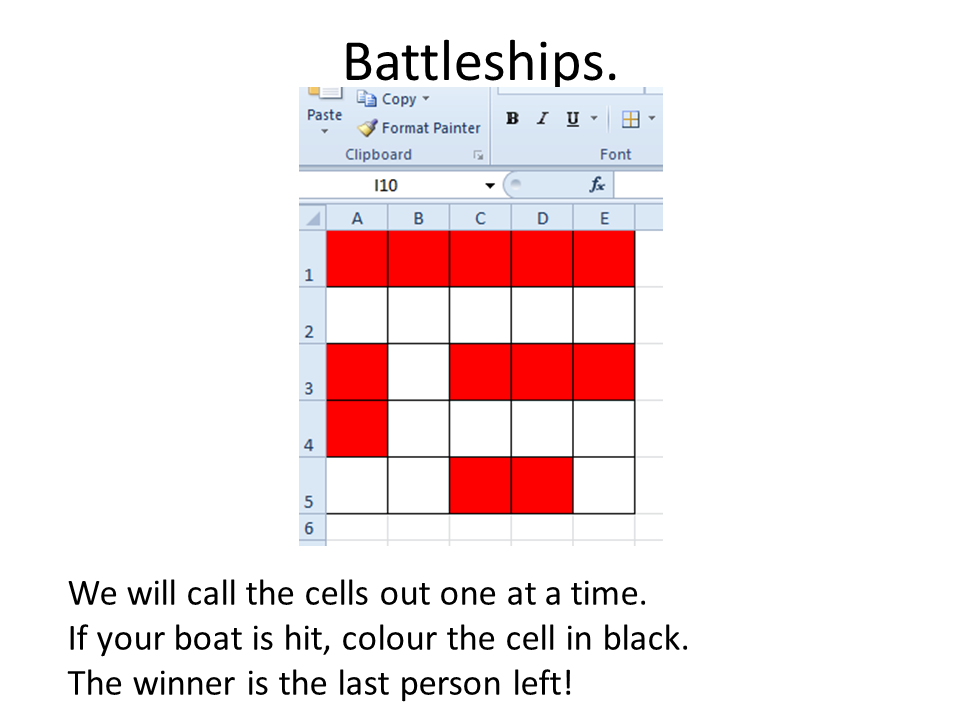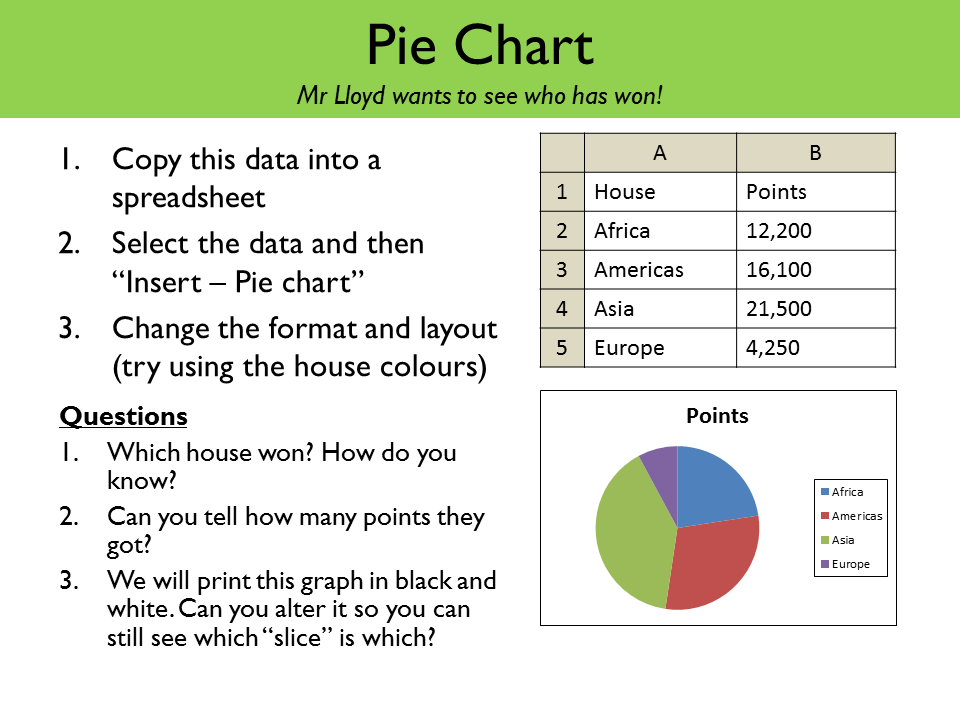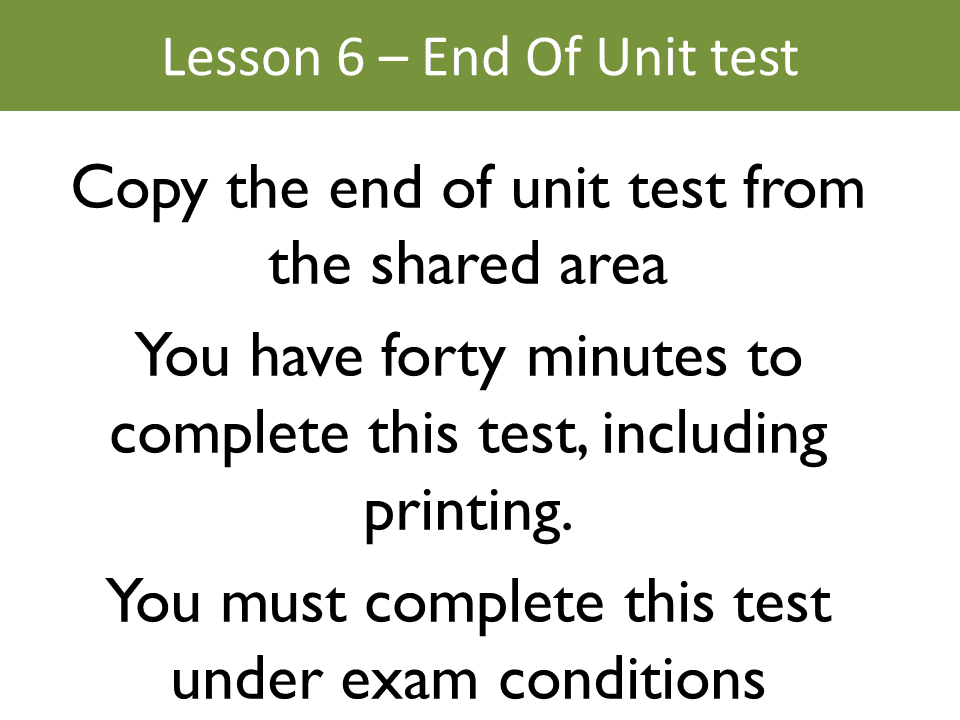Here is a link to the full unit, if the link doesnt work, let me know and I will sort it out...
Rationalle...
This is intended to be a link unit between sometimes unsteady KS2 spreadsheet lessons and where we need students to be for key stage 4. I've tried to make it self explanatory but I'm sure that you all know that you learn as you go with a unit like this, get to know its good points and adopt/adapt/modify as you go. Its tailored very closely to my own experience, teaching style and school requirements, and you are completely free to change it as you see fit, just please acknowledge where the original idea came from!Lesson 1

The first lesson is a recap on basic concepts, terminology and the contents of cells. The lesson focuses on using a spreadsheet to draw a students timetable, and deliberately avoids formula etc.
The home learning task is to identify common spreadsheet functions, its aimed squarely at Excel 2010 but can be adopted easily.
Lesson 2
Lesson 2 looks in more depth at simple formula. The starter activity asks them to create a "battleshiship" game which they then play as a class. The limitations with this activity is that once they have a ship on cell A1, they will win the game! Nevertheless, play it quickly and with pace and it reinforces the aims of the lesson.
This lessons focus is simple formula and cell references:

The main activity is a "macro enabled spreadsheet". Students will need to copy this and enable editing and trusted documents, but will then get feedback for each answer they give.
In practice this gives a surprising split in abilities. Some students march through the process whilst others flounder. Please let me know how your cohorts get on, and I will modify as we move forward.

The main activity is a "macro enabled spreadsheet". Students will need to copy this and enable editing and trusted documents, but will then get feedback for each answer they give.
In practice this gives a surprising split in abilities. Some students march through the process whilst others flounder. Please let me know how your cohorts get on, and I will modify as we move forward.
Lesson 3
Lesson 3 introduces functions.

This should let students work very independently and work through the topic.
It has been really surprising how different groups of students get though this at different rates. The activities explain them selves, but you do need to go through them first.


This should let students work very independently and work through the topic.
It has been really surprising how different groups of students get though this at different rates. The activities explain them selves, but you do need to go through them first.
Lesson 4
This lesson starts with a "knowledge hunt", where students look for the answer to certain questions from posters that you leave around the room.
Students will then have to create three different types of graph and annotate them to explain what they show.
The home learning activity is to answer various questions about the graphs.
The home learning activity is to answer various questions about the graphs.
Lesson 5
Although this is fairly closely tailored to Horbury Academy, it is easily modified to your own situation.
It should allow you to grade students fairly easily according to the assessment criteria.

As I said earlier, this is a bridging unit and should provide year 7 students with the knowledge, skills and understanding to move on to what we need them to be able to do in KS4.
In practice, I usually find that they still need frequent "top ups" on spreadsheets and until they need tp use one "in real life", they dont make radical progress!.
Please, please, please, email me with comments, links and other resources and I can improve what I have attempted to do.
Lesson 6
The final lesson is a test, good old style assessment!It should allow you to grade students fairly easily according to the assessment criteria.

As I said earlier, this is a bridging unit and should provide year 7 students with the knowledge, skills and understanding to move on to what we need them to be able to do in KS4.
In practice, I usually find that they still need frequent "top ups" on spreadsheets and until they need tp use one "in real life", they dont make radical progress!.
Please, please, please, email me with comments, links and other resources and I can improve what I have attempted to do.

No comments:
Post a Comment